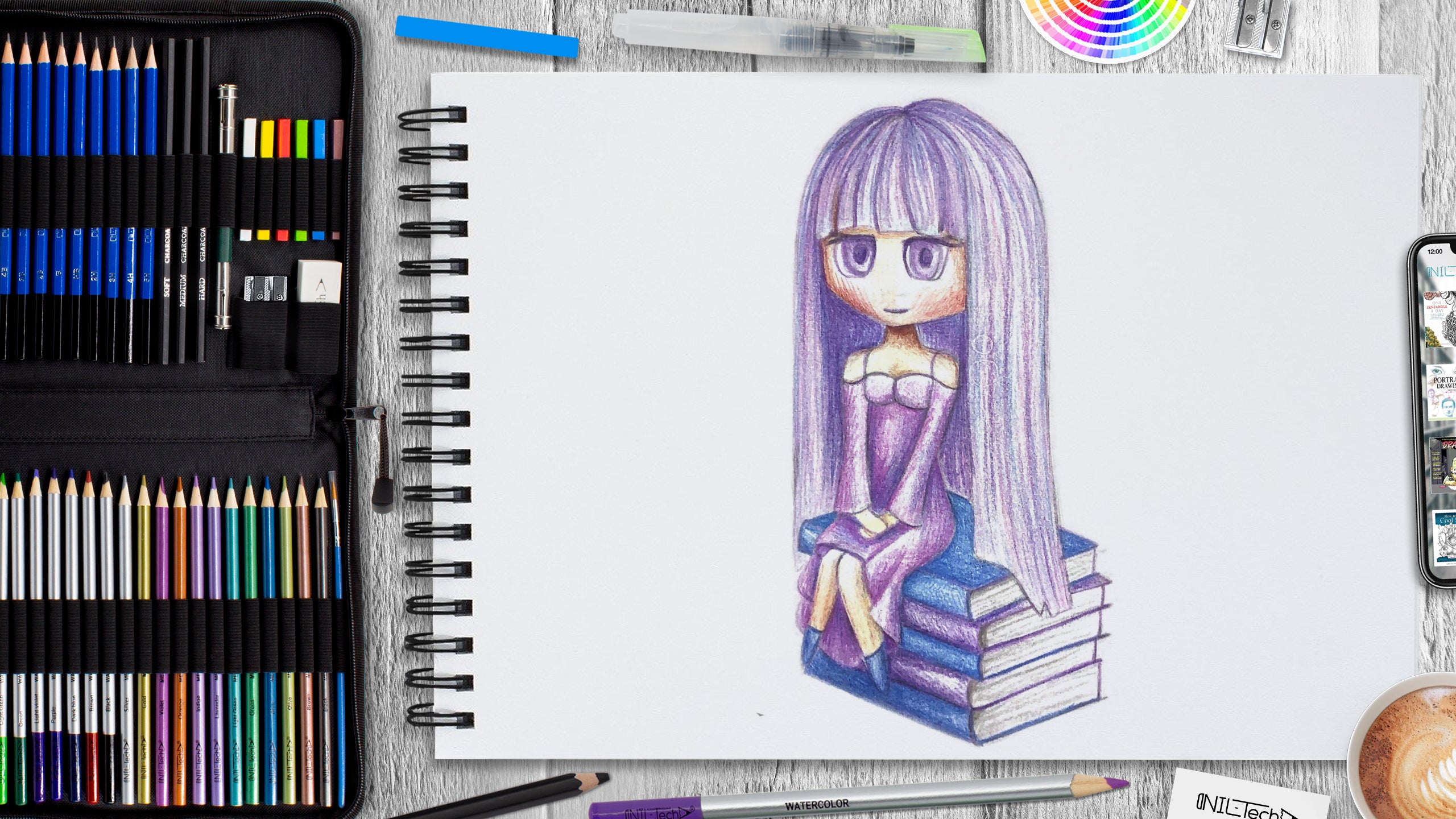
How To Draw an Anime Character
Dec 17 , 2020

Anime is, in fact, an abbreviated pronunciation of Animation in Japan. It began in 1917 by Japanese artists : Shimokawa Oten, Jun'ichi Kouchi and Seitaro Kitayama. Anime is not synonymous with "cartoon" despite the popular belief held by the "Uneducated" masses. Anime is considered to be an art form by those who appreciate it. A wide range of audiences are targeted with complicated, in depth and emotional storylines. In Japan, there are more than 40 new anime appearing on television per week.
Anime culture in the United States began as a niche community that had a grassroots foundation built by groups of fans on the local level. Some of the earliest televised anime to air in the United States were Astro Boy, Speed Racer, and Gigantor, which gained popularity with many American audiences during the late 1960s. Anime shows that aired in the United States up until the 1980s were usually heavily altered and localized, such as Science Ninja Team Gatchaman becoming Battle of the Planets in the 1970s, and the mecha show Macross becoming Robotech in the 1980s. Takara’s Diaclone and Microman mecha toy lines also became the basis for the Transformers franchise in the 1980s.
A subculture began to grow around the United States revolving around people who identified with the social identity “Anime fan". The strong imagined community built by the fandom since the earliest days was both the backbone and reason for the subculture's growth. Today, early 2000s anime shows like Pokemon have become almost universally recognized media in the United States.
5 Things to know about Anime:
1.All genres are represented, but Sci-Fi is by far the most popular ; Robots, post-apocalyptic metropolises and motorcycles are all staples of the art form.
- All manga is drawn by hand.
- In Japan it's common that after someone doesn’t need a manga volume anymore, they leave it somewhere such as a table or just a bench for someone to pick it up.
- The first anime,in 1917, was a two minutes clip of a samurai testing his new sword.
- Anime is a Japanese word. They don't use plural, so anime = anime not animes XD.
Let's draw an "Anime Character" step by step
 Step 1. Start your drawing with the skeleton. Outline the body: legs and shoulder girdle using lines, and circles for head and shoulders. (Pencil B).
Step 1. Start your drawing with the skeleton. Outline the body: legs and shoulder girdle using lines, and circles for head and shoulders. (Pencil B).

Step 2. Continue sketching out the shape by adding lines for the arms, butt and the second leg. (Pencil B).

Step 3. We start drawing from the body. Guided by the construction lines, we draw the arms and legs, we also outline the dress, making folds at the bottom to convey the texture of the fabric. (Pencil B).

Step 4. Go to the head. We draw a face and hair. At the bottom we add a stack of books on which the girl is sitting. (Pencil B).

Step 5. Remove all unnecessary construction lines and make the outline less bright using a nag. (Pencil B).

Step 6. On top of the path we outline in purple, so we will simplify further work with the color. (Purple color pencil).

Step 7. We begin to paint with hair, we try to convey their texture as much as possible. For dark areas we use purple and blue, and for light areas we use purple and pink (colored pencils purple, blue, pink).

Step 8. Next we move on to the skin and face. For the skin we use flesh, brown and burgundy for the blush. We make the eyes purple and purple. (Colored pencils nude, brown, burgundy, lilac, violet).
 Step 9. Next, go to the dress using red for it and purple and blue for the shadows. We also make shoes in blue. (Colored pencils, red, purple, purple, blue).
Step 9. Next, go to the dress using red for it and purple and blue for the shadows. We also make shoes in blue. (Colored pencils, red, purple, purple, blue).

Step 10. The last step is making books. Alternate purple and blue colors for books, hatching them, do not forget about light and shadow, we make pages using gray. (Colored pencils blue, purple, gray).
 |
Drawing Pencil SetExcellent GIFT IDEA - Non-Toxic and safe, easily portable and made with quality top-notch materials. Basic and innovative drawing supplies come together in NIL Tech set as an exceptional replacement for old-fashioned pencil boxes. The main attraction at any occasion from your drawing enthusiast friends, sketchers, artists to your kids or students boosting their creative projects and enjoy their ear-to-ear smile! |






